Welcome to your definitive Voice of the Customer Guide.
Here you can find everything you need to know about the voice of the customer, its importance and how your business can grow by using voice of the customer tools.
[ca-form id=”194451″ align=”left” var1=”https://www.customer-alliance.com/wp-content/uploads/2020/09/customer-alliance-voc-guide-download.pdf”]
What is the voice of the customer?
Voice of the customer is an integral part of customer experience management, which now outranks price and quality as the key differentiator among brands (1).
How can your company know how best to improve its products and services without listening to what your customers are saying about their interactions with your brand?
Here’s the basic idea behind the voice of the customer methodology—to gather indirect and direct feedback which enables you to understand what your customers’ needs and expectations are in detail and then innovate to match and exceed them.
(And yes, you’ll need some voice of the customer tools to help you out.)
Why is the voice of the customer program important?
Consider your customers.
Do you know what their priorities are, what their likes and dislikes are and whether or not your product and services match their preferences?

In this digital age, customers can easily compare you to your competitors because they’ll want to know why they should invest their time and money in your business.
By utilising a successful voice of the customer strategy, you’ll learn exactly what your customers needs and wants are and how to communicate to them in the manner that best engages them.
These statistics about companies using a VoC program have us convinced:
- They see an increased customer satisfaction/NPS score by 61% (3)
- They enjoy 55% customer retention (2)
- Those with excellent customer experience increase revenue 4-8% above their competitors (2)
Not bad right?
The 3 components that a VoC program should support you in are:
- Data collecting
- Data analysis
- Action and reporting based on that data
[ca-form id=”44600″ align=”right”]
Next, consider the following areas you need the voice of the customer to guide you in:
Product development
Assess how intuitive your product is and see if customers desire any other features that your competitors may have.
As a result, you’ll be able to not only further evolve your product, but also to test out new products or feature ideas in order to launch them with confidence.
Customer communication
You’ll find using voice of the customer tools to grab your customers own words to implement them in your marketing copy is a stroke of brilliance!
From email copy to product explanation to call-to-action buttons, attract customers by speaking their everyday language. Additionally, including customer quotes here and there on your website copy builds trust.
Proudly display your voice of the customer!
Brand image
How is your brand perceived?
Monitor what customers are saying about you and compare it to that of your competitors as well as dive into analytics covering customer behaviours and trends to know what they’ll want next from you.
Customer experience
Identify gaps in your customer journey.
See how customers feel about their interaction with your brand by listening to the voice of the customer. This covers customer service, onboarding, engagement and more.
Customers will come back to you depending on how you treat them. Therefore, utilise VoC tools to make them happier than ever and reduce your churn rate.
Check out our article on How to Improve the Customer Experience.
Company alignment
To implement an effective voice of the customer program, your organisation has to be able to easily collaborate across departments, locations and management levels.
By having one, centralised VoC program by which everyone can access the insights, alerts and reports needed based on their role, your company can unite and progress forward towards clear, shared customer experience goals.
What are voice of the customer questions you should be asking?
In listening to the voice of the customer, you are letting your own customers clue you in how to evolve as a company. It’s no longer a radical suggestion, it’s imperative to your business’ growth.
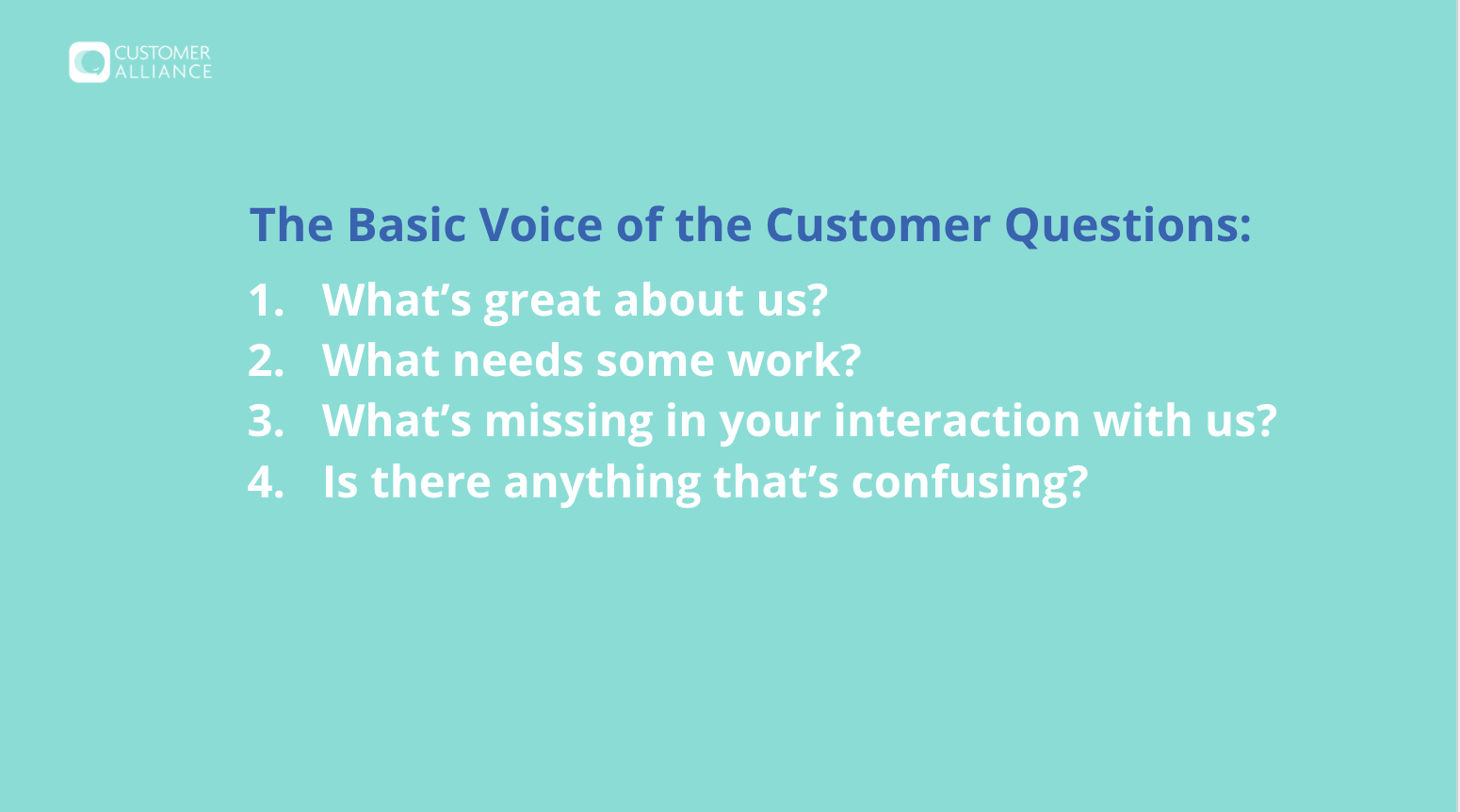
In previous years, the above questions were often utilised as is. Pretty general.
But we recommend taking these four questions and applying them to different areas of your business.
Tackle each of the following with your voice of the customer questions regularly to get insights:
- Brand awareness and company image
- Reception of a future product, service or concept
- Specific customer demographics/segmentation
- How customers make decisions (customer behaviour)
- Customer satisfaction
- Potential brand ambassadors or customer testimonials
For example, let’s say you own a hotel. You can dive into different areas of the customer journey by utilizing a questionnaire to truly gather the voice of the customer.
Pre-arrival:
Get pre-check-in information by emailing or texting guests a questionnaire asking preferences, allergies or any other information to personalise their stay.
During Stay:
Upsell services. Why? You can increase your revenue. Resolve any issues right on the spot, and as a result, deter negative reviews and increase guest satisfaction.
Post-stay
Lastly, show guests you care how they experienced your hotel (plus get some helpful voice of the customer data wink, wink). You can analyse each aspect of their stay from service to cleanliness to the breakfast you provide.
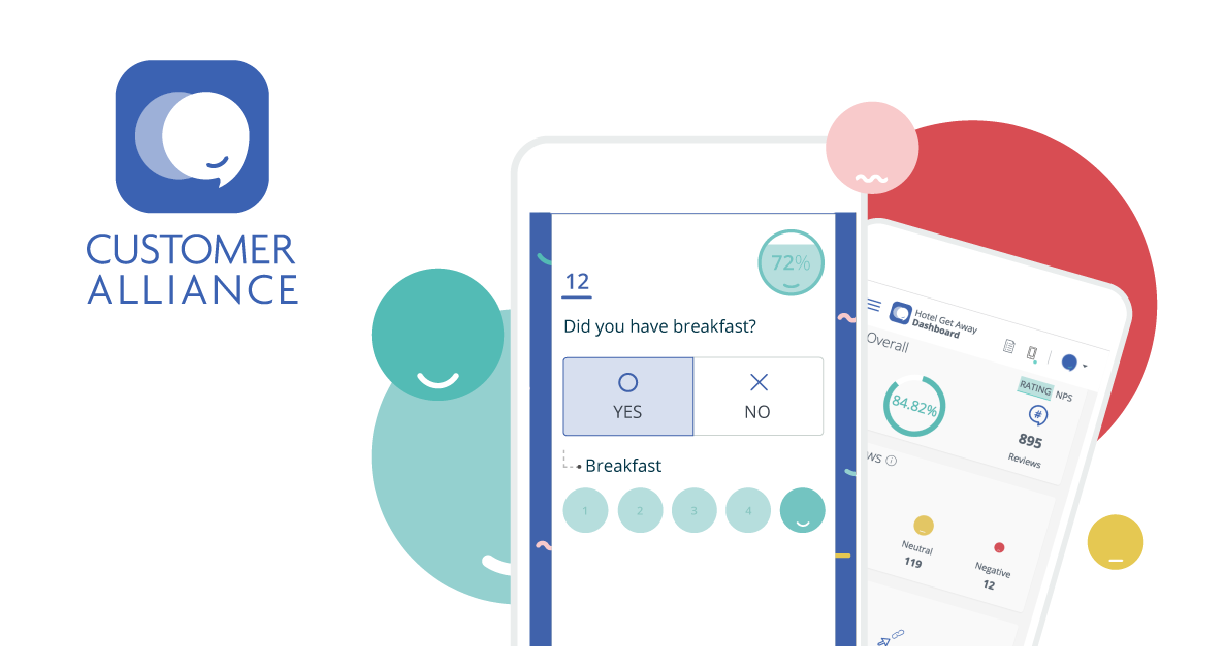
Happier customers can mean more positive reviews, and subsequently, higher online rankings and an improved online reputation for even more bookings.
The seemingly small things matter. Therefore, learn what they are and how to improve them by taking the 4 main VoC questions and specifying them to each aspect of the customer journey.
Example voice of the customer survey questions include:
- How would you rate our customer service?
- On a scale of 1-10, how likely are you to recommend us to a friend?
- Did your room meet your expectations?
- Was your stay for business or pleasure?
- Would you like a follow-up from us regarding your experience?
There are many customer experience softwares out there that offer questionnaires which automate the sending out of voice of the customer survey questions.
For instance, use cases for automating surveys can include after a customer purchases a product or visits a restaurant, before they arrive at a hotel, after a customer support call, etc.
Consequently, there’s no shortage of use cases to gather the voice of the customer. Simply focus on which information gaps you’d like your customers to fill you in on with the proper VoC tools.
We’ve provided you with an example of all the different insights you could obtain from a questionnaire:
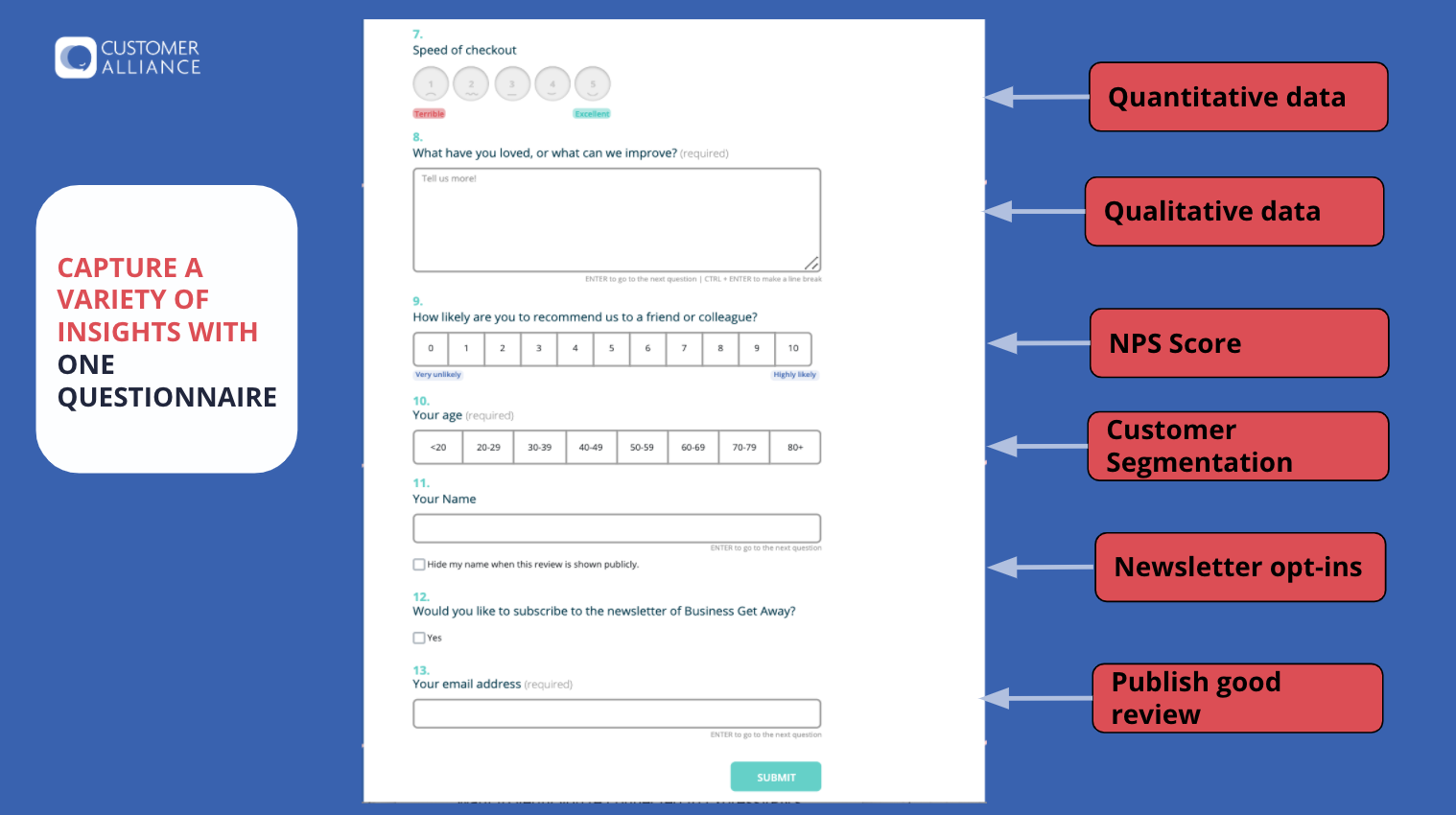
To clarify, a questionnaire form can provide a variety insights from a Net Promoter Score to customer segmentation. But first, you need to have a strategy in place to determine which insights you should focus on.
In this article, we discuss how to strengthen loyalty by optimising customer experience.
How to analyse the voice of the customer?
Think: what information do we need to enhance our products and services?
Gather voice of the customer data according to your specific needs.
Check out these sources to pull your VoC data from:
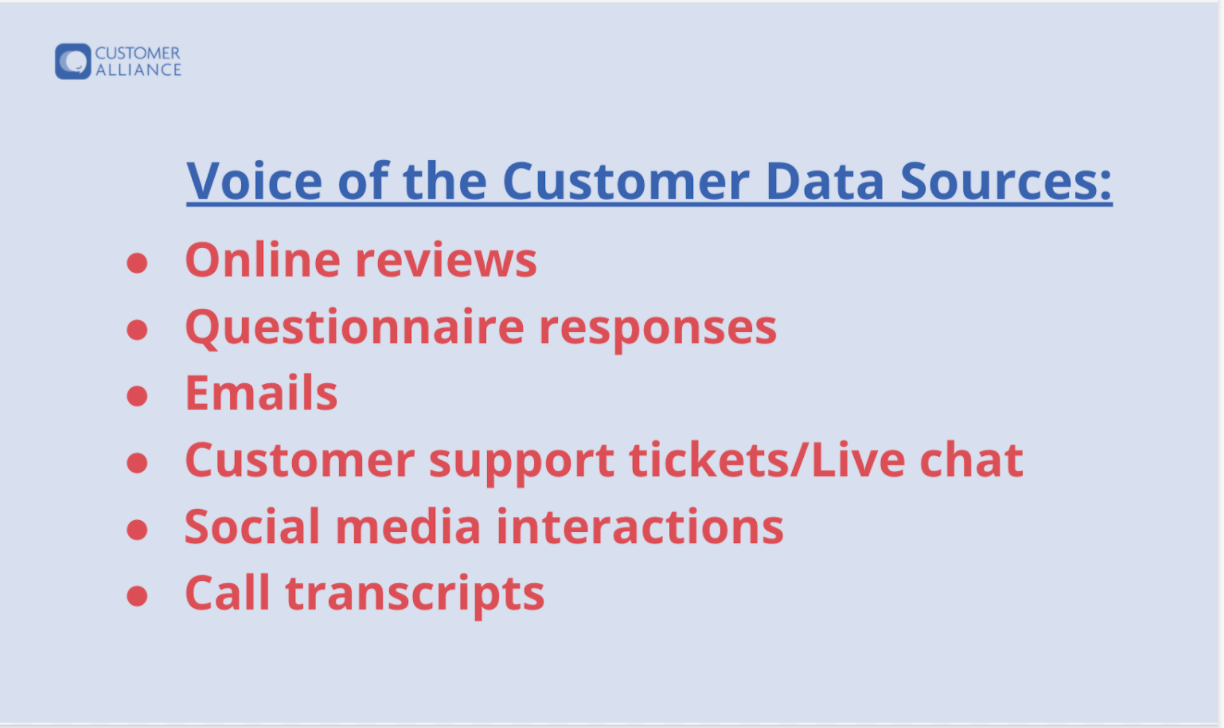
Once you obtain customer feedback using voice of the customer tools, you’ll want to dive in to get the insights you need.
What your VoC program should help you analyse:
When thinking about the voice of the customer, focus on what you want to learn in your VoC program.
Trends
Look at topics discussed in reviews and feedback to discover trends and themes related to your customers’ interactions with your brand.
Customer Sentiment
Examine customer sentiment, in other words, the meaning behind their words. How are they talking–positively or negatively–about certain themes related to your business?
Customer Segmentation
Put your customers into groups based on their behaviour, preferences, demographics, and much more to better target a niche set of customers, maintaining your competitiveness in your market.
Competitor Analysis
How do you compare to your competitors in the area of voice of the customer? Don’t be siloed in your goals. Ensure you’re setting appropriate benchmarks by also looking at how your competitors are ranking.
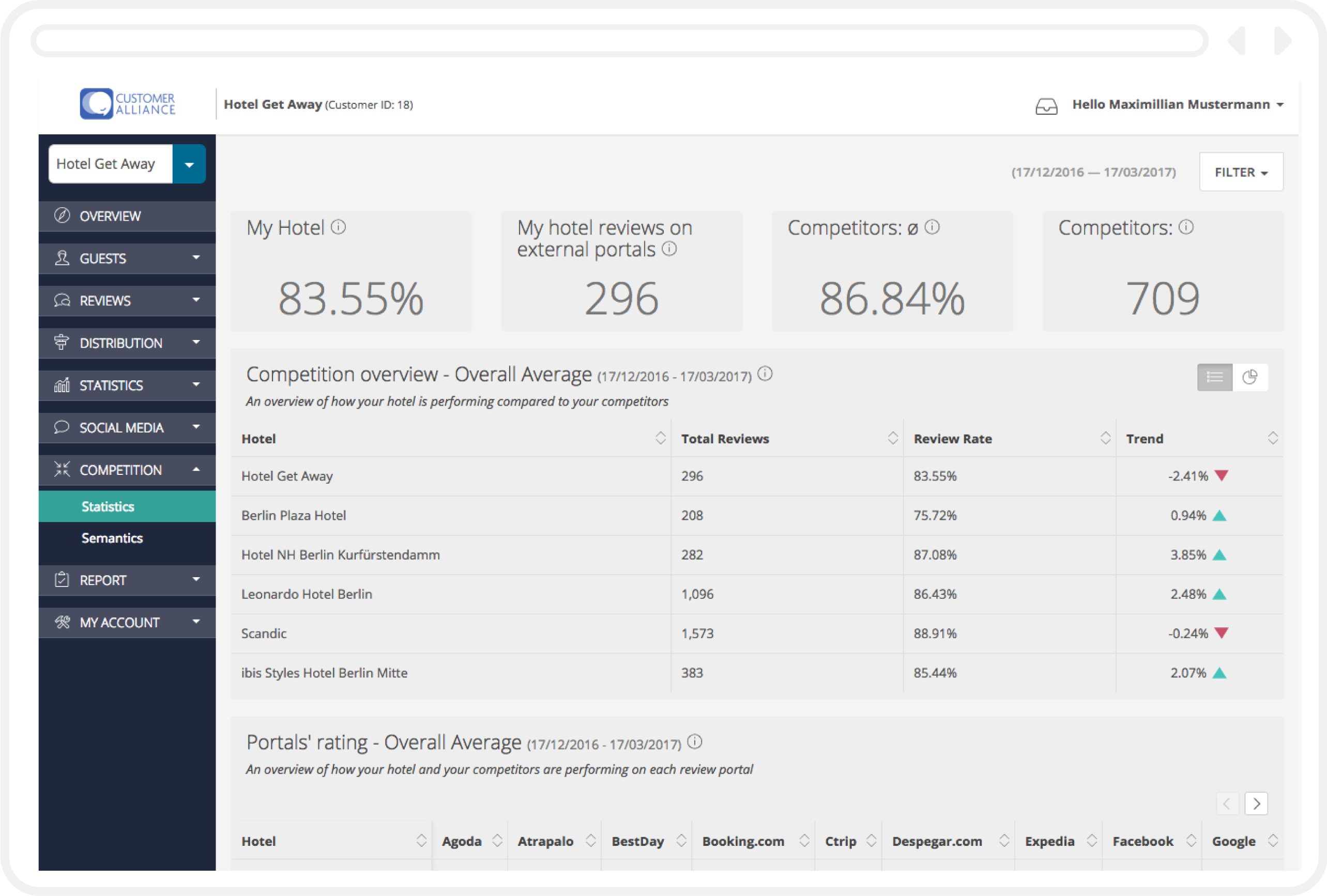
What are the voice of the customer tools?
A voice of the customer tool can be a methodology, a program or an application that allows your company to gather customer perspective and feedback.
These VoC tools can collect voice of the customer data directly or indirectly to help inform your buyer personas.
Net Promoter Score Surveys
The Net Promoter Score (NPS) is a metric used to measure customer satisfaction with questions ranked on a scale from 1 to 10.
NPS or Customer satisfaction survey software is likely the most familiar of the VoC tools utilised by companies today because it provides an easy scale by which to measure customer loyalty.
Questionnaires
NPS surveys are great! However, you’ll likely want to ask your customers questions that go beyond a numerical answer by also acquiring qualitative data from your voice of the customer.
We highly recommend utilising a VoC program that offers flexible questionnaires that adapt to your company’s needs. The VoC program should allow for tailoring depending on the target audience.
Interviews
Select different points of your customer journey for customer interviews. After that, ask the four voice of the customer questions mentioned earlier.
By taking the time to ask individual customers about their experiences, you’ll get unfiltered feedback. This could be useful for product/service evolution, future marketing copy, and top management decisions.
Online Reviews
Dig into the context of what customers are saying about your business. Online reviews can provide a wealth of insights as it is one of the truest forms of voice of the customer.
How your customers express themselves regarding their experience with your business is absolutely customer data you’ll want to mine.
Moreover, if you’re taking the time to listen, interact with and learn from customer feedback, let the world know that you value the voice of your customer.
Ensure the positive feedback is on the major review portals that are relevant to your business. In the same vein, Customer Alliance’s VoC program offers a distribution feature allowing you to automate review distribution among selected platforms.
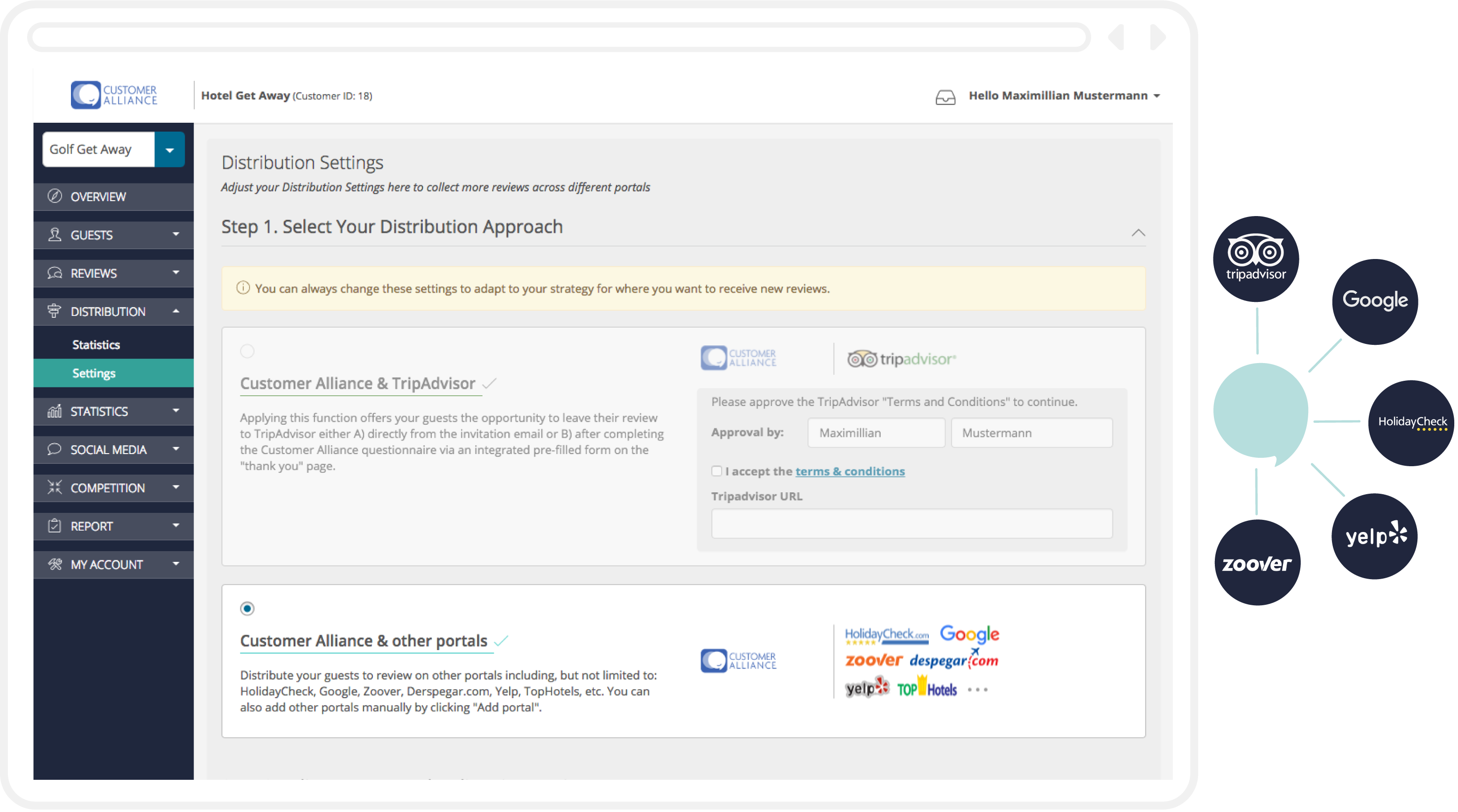
Consequently, this could mean great things for your company as having 9 fresh reviews earn businesses 52% more than average (4).
Social Media
Similarly, harnessing social media to understand the voice of the customer can be a powerful VoC tool to add to your arsenal.
87% of customers say that they use social media to help them decide what to buy. Additionally, half of them say that seeing user-generated content would increase the chance that they purchase from a brand through social media (5,6).
Consumers will make purchasing decisions based on how a brand interacts with its customers on social media and based on how much authentic input they see from your company’s customers.
The voice of the customer matters!
Can I see some successful voice of the customer examples?
Hotel, restaurant, bar or spa? Collect customer feedback for each customer journey
The Mandela Hotel in Berlin boasts not only luxurious accommodation. It has a Michelin-starred restaurant, a bar and a spa.
The hotel opted to collect feedback using Customer Alliance’s voice of the customer tools. They obtained feedback while guests were onsite at each of its unique offerings rather than wait until the guests had left to get it.
After that, the company enjoyed improved guest satisfaction by individualising a customer journey for each of its offerings as all industries—from ecommerce, automotive to telecom—should do.
For a breakdown of this successful strategy for voice of the customer, see this case study. How the Mandala Hotel leverages the instant survey to improve guest experiences.
Customer satisfaction improves 7% by diving into reviews
Acquario di Genova is one of the most well-known aquariums in the world. However, it found itself ranking 7th on TripAdvisor’s “Things to do in Genova” list.
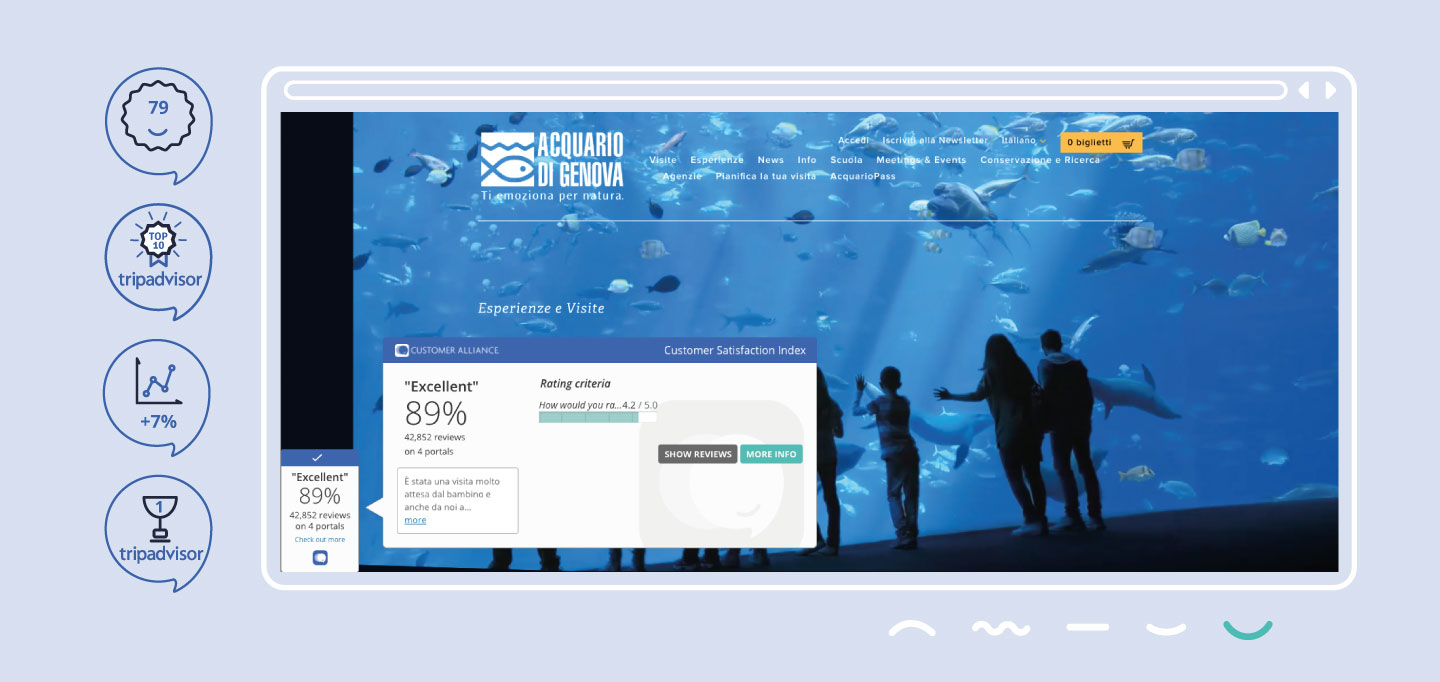
The aquarium decided to utilise a VoC tool that allowed it to proactively collect online reviews.
In just two months with Customer Alliance, Acquario di Genova collected 3,000 certified customer reviews. Subsequently, they ranked 1st on the Genova TripAdvisor list. Talk about making your voice of the customer work for you!
Moreover, after one year and learning provided by 22,000 reviews, the aquarium improved its customer satisfaction index by 7% and had an NPS score of 79.
Curious to know how? Read the following voice of the customer case study. How Acquario di Genova became one of the World‘s Top 10 Aquariums on TripAdvisor.
In Summary
In conclusion, 9 out of 10 businesses competing mainly on customer experience (7). You don’t want to be the one that isn’t focusing your resources on this area.
No matter your size, there are many flexible voice of the customer programs out there. Get the VoC tools that match your needs. It’s okay to start small. What’s important is that you start focussing on the voice of the customer as soon as possible.
